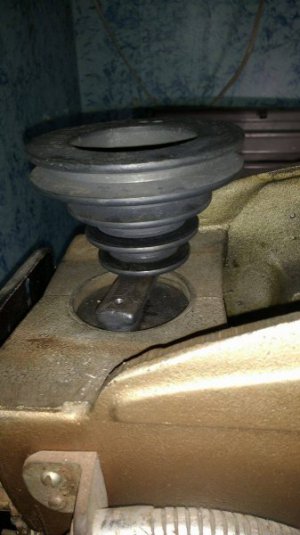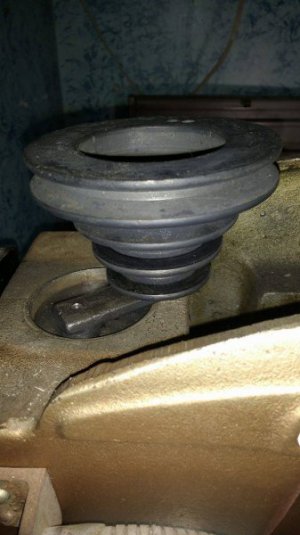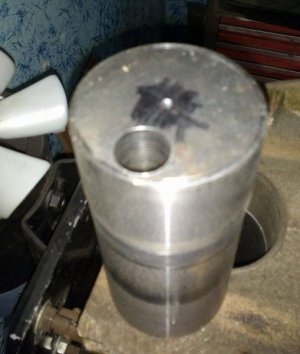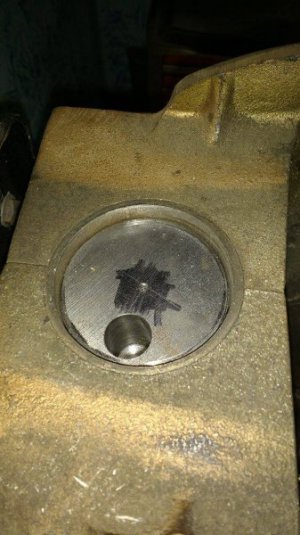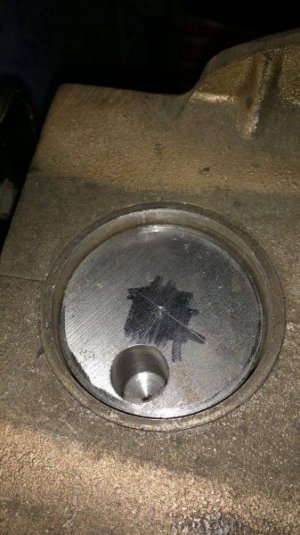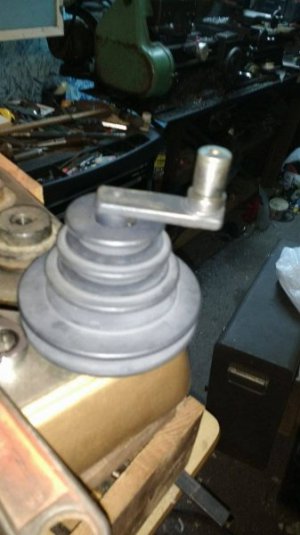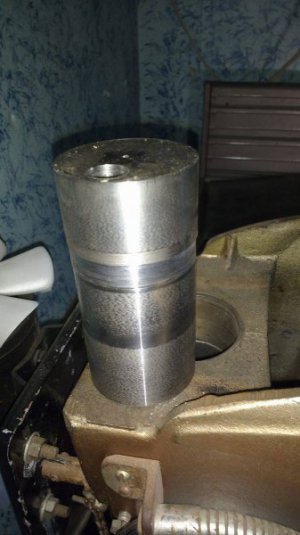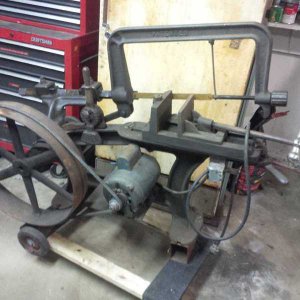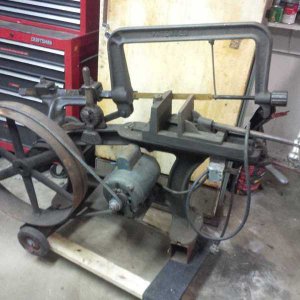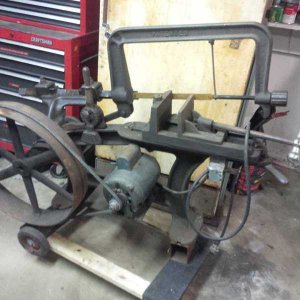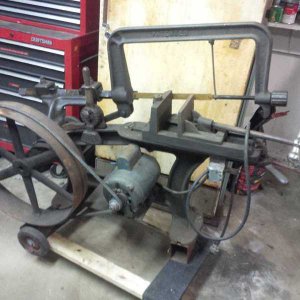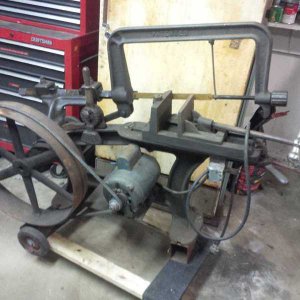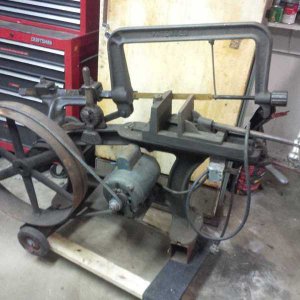Found a couple in old magazines (Google gets them):
Popular Mechanics, March 1942 "Removable Speed-Reducing Unit for Drill Press"
Popular Science, November 1965 "Drill-press drive gives wide speed selection"
The last one I have used successfully. I prefer it since you get serious speed reduction from the get-go.
I was able to drill several 1 inch diameter holes in 3/8 inch mild steel plate. For large holes get a drill
bit with flats ground on the shank; otherwise, you will only be "drilling" your chuck due to bit slippage!
I have no other info (aside from the .pdf).
Popular Mechanics, March 1942 "Removable Speed-Reducing Unit for Drill Press"
Popular Science, November 1965 "Drill-press drive gives wide speed selection"
The last one I have used successfully. I prefer it since you get serious speed reduction from the get-go.
I was able to drill several 1 inch diameter holes in 3/8 inch mild steel plate. For large holes get a drill
bit with flats ground on the shank; otherwise, you will only be "drilling" your chuck due to bit slippage!
I have no other info (aside from the .pdf).

